Save on Rhinoplasty: Why South Korea is Your Best Option

Rhinoplasty, commonly known as a nose job, is a popular cosmetic procedure worldwide that reshapes the nose to improve its appearance and, in some cases, its function. South Korea has emerged as a global hub for plastic surgery, attracting countless individuals seeking aesthetic enhancements. Many people wonder if rhinoplasty in South Korea offers a more budget-friendly option compared to other nations. This blog post aims to answer this question comprehensively, exploring the costs, factors influencing prices, and what makes South Korea a top destination for nose reshaping surgery. We will delve into the specifics of rhinoplasty cost, various types of rhinoplasty, and the overall experience of getting a nose job in this leading medical tourism destination.
What is the average cost of rhinoplasty in South Korea?
"The average cost of rhinoplasty in South Korea typically ranges from $2,000 to $7,500 USD, depending on the complexity of the procedure and the clinic."
The price for a rhinoplasty in South Korea can vary significantly based on several factors. For a basic nose job, such as refining the nasal tip or addressing a minor hump, you can expect to pay between $3,000 to $6,000 USD. More complex procedures, like those involving significant reshaping of nasal bones, correction of a deviated septum, or complete alteration of the nose's structure, can range from $6,000 to $10,000 USD.
Revision rhinoplasty, which is performed to correct or improve the results of a previous nose surgery, is often the most expensive type due to its intricacy, with costs typically ranging from $7,000 to $15,000 USD. It's important to remember that these figures are general estimates, and the actual cost will be determined during your consultation with a qualified plastic surgeon.
How does the cost of rhinoplasty in South Korea compare to the USA and Europe?
"Rhinoplasty in South Korea is often significantly cheaper than in the USA and many European countries, with potential savings of 50% or more."
When comparing the cost of rhinoplasty, South Korea frequently stands out as a more economical choice. In the United States, a rhinoplasty can range from $7,000 to $15,000 USD, and sometimes even up to $20,000 USD for complex or revision cases. Similarly, in many Western European countries, the prices are often comparable to, or even higher than, those in the US.
For example, a standard rhinoplasty in South Korea might cost around $2,100 to $3,500 USD, whereas the same procedure in the US could be $7,000 to $15,000 USD. This substantial difference in rhinoplasty cost makes South Korea an attractive option for international patients seeking high-quality results at a more accessible price point. The lower operating costs, competitive market among numerous clinics, and high volume of procedures contribute to these favorable prices.
What factors influence the cost of rhinoplasty in South Korea?
"The cost of rhinoplasty in South Korea is influenced by the type of rhinoplasty procedure, the surgeon's experience and reputation, the clinic's location and facilities, and the complexity of the individual case."
Several key factors contribute to the final rhinoplasty cost in South Korea. Understanding these can help you better estimate your potential expenses.
- Type of Rhinoplasty Procedure: The specific type of nose job you undergo significantly impacts the price. Simple procedures like tip rhinoplasty or alar base reduction are less expensive than open rhinoplasty, closed rhinoplasty, ethnic rhinoplasty, or especially revision rhinoplasty, which requires more time, skill, and resources.
- Surgeon's Experience and Reputation: Highly sought-after and experienced plastic surgeons with a long track record of successful outcomes often charge higher fees. Their expertise and reputation for delivering natural and harmonious results are considered valuable.
- Clinic's Location and Facilities: Clinics located in prime areas, such as Seoul's upscale Gangnam district, tend to have higher overheads, which can translate to higher prices. The use of advanced technology and state-of-the-art facilities also contributes to the overall cost.
- Complexity of the Case: Every nose is unique, and the extent of correction needed varies. A more complex case, such as one requiring significant structural changes, cartilage grafts, or addressing a pre-existing condition like a deviated septum, will naturally incur a higher cost due to the increased surgical time and intricate techniques involved.
- Anesthesia Fees: The type of anesthesia used (local with sedation or general anesthesia) and the anesthesiologist's fees are also included in the total cost.
- Pre and Post-Operative Care: This can include initial consultations, medical evaluations, follow-up visits, and prescribed medications. While some clinics include these in a package, others might charge separately.
- Additional Services: Some clinics offer all-inclusive packages that cover accommodation, airport transfers, and interpreter services, which can add to the overall price but also provide convenience for international patients.
Are there different types of rhinoplasty in South Korea, and how do they affect cost?
"Yes, there are various types of rhinoplasty in South Korea, including open rhinoplasty, closed rhinoplasty, tip rhinoplasty, ethnic rhinoplasty, and revision rhinoplasty, each with varying costs based on complexity."
The specific technique used for your nose job will depend on your desired outcome and the current structure of your nose.
- Open Rhinoplasty: This involves a small incision on the columella (the strip of skin between the nostrils), allowing the surgeon direct access to the underlying nasal structures. It's often used for more complex reshaping and typically ranges from $4,500 to $8,500 USD.
- Closed Rhinoplasty: All incisions are made inside the nostrils, leaving no visible external scars. This method is generally for less extensive modifications and can range from $4,000 to $7,500 USD.
- Tip Rhinoplasty: This procedure focuses solely on reshaping the nasal tip. It's less invasive and generally more affordable, costing around $3,500 to $6,000 USD.
- Ethnic Rhinoplasty: South Korea is renowned for its expertise in ethnic rhinoplasty, which aims to enhance specific ethnic features while creating harmony with the rest of the face. Costs for this specialized procedure can range from $4,000 to $10,000 USD.
- Revision Rhinoplasty: As mentioned earlier, this is a corrective procedure after a previous nose job and is the most complex, with prices often starting from $5,000 and going up to $9,000 USD or more.
- Non-Surgical Rhinoplasty (Fillers): While not a permanent surgical solution, dermal fillers can temporarily reshape the nose. This is the least expensive option, typically ranging from $1,000 to $3,000 USD, but requires repeat treatments.
Why is South Korea a popular destination for rhinoplasty?
"South Korea is a popular destination for rhinoplasty due to its highly skilled plastic surgeons, advanced surgical techniques, competitive pricing, and a strong cultural emphasis on aesthetic refinement."
South Korea has cemented its reputation as the "plastic surgery capital of the world" for good reason. The country boasts an incredibly high volume of cosmetic procedures, meaning its surgeons gain extensive experience and expertise.
- Expert Surgeons and Advanced Techniques: Korean plastic surgeons are at the forefront of cosmetic surgery innovation, often developing and refining techniques, particularly in cartilage-based rhinoplasty, which allows for natural-looking and long-lasting results. They are known for their precision and artistic approach, focusing on creating harmonious facial balance.
- State-of-the-Art Facilities: South Korean clinics are equipped with advanced medical technology and adhere to strict safety standards, ensuring high-quality care and patient safety.
- Natural-Looking Results: A key appeal of rhinoplasty in South Korea is the emphasis on achieving subtle, natural enhancements that complement the individual's existing features rather than creating an "operated" look.
- Competitive Pricing: As discussed, the affordability of rhinoplasty cost compared to Western countries is a significant draw, allowing patients to access top-tier medical care without the exorbitant price tag.
- Medical Tourism Infrastructure: The country has a well-developed medical tourism industry, offering services like multilingual support, streamlined processes for international patients, and comprehensive pre and post-operative care.
What should I consider when choosing a clinic for rhinoplasty in South Korea?
"When choosing a clinic for rhinoplasty in South Korea, consider the surgeon's experience and board certification, the clinic's reputation and patient reviews, transparent pricing, and the quality of pre and post-operative care."
Selecting the right clinic and surgeon is crucial for a successful rhinoplasty.
- Surgeon's Qualifications and Expertise: Ensure your plastic surgeon is board-certified and has extensive experience specifically in rhinoplasty. Look for before-and-after photos of their previous work to assess their aesthetic style and results.
- Clinic Reputation and Reviews: Research the clinic's reputation through online reviews, forums, and patient testimonials. Positive feedback, especially from international patients, can be a good indicator.
- Transparency in Pricing: Choose a clinic that provides a clear and comprehensive breakdown of the rhinoplasty cost, including all fees for surgery, anesthesia, facility, and follow-up care. Avoid clinics with hidden charges.
- Consultation Process: A thorough consultation is essential. The surgeon should listen to your goals, assess your nasal structure, and explain the proposed nose job procedure, potential outcomes, and any risks involved.
- Post-Operative Care: Inquire about the post-operative care plan, including follow-up appointments, medication, and instructions for recovery. Good aftercare is vital for optimal healing and results.
- Communication: For international patients, access to interpreters or English-speaking staff is important for clear communication throughout the process.
What is the typical recovery time for rhinoplasty in South Korea?
After a rhinoplasty, some degree of swelling and bruising around the eyes and nose is normal.
- Initial Recovery (1-2 weeks): A splint or cast is usually worn for about a week. Most of the noticeable bruising and significant swelling will diminish within the first 10-14 days. Patients can often return to light activities and work after 1-2 weeks, though strenuous activities should be avoided.
- Mid-Term Recovery (1-3 months): The majority of the swelling (around 80%) will subside within the first 1 to 3 months. The nose will start to take its new shape, but subtle swelling, especially in the tip, may persist.
- Long-Term Recovery (6-12 months): It can take up to a year, or even longer for revision rhinoplasty, for all the swelling to completely resolve and for the final results of the nose job to become fully visible. Patience is key during this period as the tissues continue to heal and settle. Following your surgeon's post-operative instructions diligently is crucial for a smooth recovery and optimal outcome.
Are there any hidden costs or additional expenses for rhinoplasty in South Korea?
"While rhinoplasty costs in South Korea are generally transparent, potential additional expenses might include pre-operative tests, post-operative medications, interpreter services, accommodation, and travel, which are usually not included in the surgical fee."
It's important to clarify what exactly is included in the quoted rhinoplasty cost from a clinic. While the surgical fee often covers the surgeon's fee, anesthesia, and use of the operating room, other expenses can add up.
- Pre-operative Medical Tests: Blood tests, X-rays, or other diagnostic imaging might be required before surgery, and these costs may be separate.
- Post-operative Medications: Painkillers, antibiotics, and anti-inflammatory drugs are essential for recovery and are typically an additional cost.
- Interpreter Services: If the clinic doesn't provide free interpretation, hiring a private interpreter will be an extra expense.
- Accommodation and Travel: For international patients, flights, hotel stays, and local transportation are significant factors to budget for. Many clinics offer packages that include accommodation, which can simplify planning.
- Follow-up Treatments: While initial follow-ups are usually included, any additional treatments like lymphatic drainage massages to reduce swelling might be charged separately.
- Revision Surgery: Although rare with experienced surgeons, if a revision is needed down the line due to complications or dissatisfaction, it will incur additional costs. Always discuss the clinic's policy on revisions during your consultation.
Is rhinoplasty in South Korea safe?
"Yes, rhinoplasty in South Korea is generally safe, given the country's stringent medical regulations, highly skilled plastic surgeons, and modern facilities, which prioritize patient safety and high success rates."
South Korea has a well-deserved reputation for safety and quality in its cosmetic surgery sector. The country's medical institutions are subject to rigorous government oversight and licensing.
- Highly Regulated Environment: The South Korean healthcare system maintains strict standards for medical facilities and practitioners, ensuring patient safety protocols are followed.
- Experienced and Specialized Surgeons: Many plastic surgeons in South Korea are highly specialized in rhinoplasty and perform a large volume of these procedures, leading to extensive experience and refined skills. This high volume contributes to lower complication rates.
- Advanced Technology and Equipment: Clinics invest in cutting-edge technology for both surgery and patient monitoring, further enhancing safety.
- Focus on Patient Care: Korean clinics are known for their comprehensive pre-operative evaluations and thorough post-operative care, which are crucial for minimizing risks and ensuring a smooth recovery.
As with any surgical procedure, there are inherent risks, such as infection, bleeding, or adverse reactions to anesthesia. However, choosing a reputable, board-certified surgeon in a well-equipped facility significantly mitigates these risks.
Can I combine rhinoplasty with other cosmetic procedures in South Korea?
"Yes, it is common and often more cost-effective to combine rhinoplasty with other cosmetic procedures like double eyelid surgery, facial contouring, or liposuction in South Korea."
Many patients, especially international visitors, opt to undergo multiple cosmetic procedures during their trip to South Korea to maximize their time and recovery period. This approach can also lead to cost savings, as clinics may offer package deals for combined surgeries.
- Common Combinations: Popular combinations include rhinoplasty with double eyelid surgery (blepharoplasty) to achieve more balanced facial features, or with facial contouring procedures (like cheekbone reduction or jawline surgery) to create a more harmonious overall face shape.
- Efficiency: Combining procedures means only one recovery period from anesthesia and typically a single extended stay in South Korea, which can be more convenient and efficient.
- Surgeon's Expertise: Korean plastic surgeons are often highly skilled in a wide range of facial cosmetic procedures, making it feasible to have multiple surgeries performed by the same expert team.
- Consultation is Key: It is essential to discuss your desire for multiple procedures with your surgeon during the initial consultation. The surgeon will assess your suitability for combined surgeries, considering your overall health and the complexity of each procedure, to ensure patient safety and optimal results.
What is ethnic rhinoplasty, and is South Korea a good choice for it?
"Ethnic rhinoplasty is a specialized nose job that reshapes the nose while preserving and enhancing the patient's unique ethnic features, and South Korea is an excellent choice due to its expertise in tailoring procedures for diverse ethnic anatomies."
Unlike traditional rhinoplasty that often aimed for a Westernized nose shape, ethnic rhinoplasty focuses on creating a nose that harmonizes with the individual's specific ethnic background and overall facial structure. This approach values cultural identity while addressing aesthetic concerns.
- Specialized Expertise: South Korean plastic surgeons are highly adept at performing ethnic rhinoplasty, particularly for Asian patients. They have a deep understanding of diverse nasal anatomies and employ specialized techniques, often using cartilage grafts from the septum, ear, or rib, to achieve natural and balanced results without erasing ethnic identity.
- Tailored Approach: Korean clinics emphasize a personalized approach, ensuring that the nose job outcome aligns with the patient's aesthetic goals while respecting their heritage.
- High Demand: Due to its global reputation, South Korea attracts a significant number of international patients seeking ethnic rhinoplasty, further enhancing the surgeons' experience in this specialized field.
How long should I plan to stay in South Korea for rhinoplasty?
"For rhinoplasty in South Korea, it is generally recommended to plan a stay of at least 7 to 10 days to allow for pre-operative consultations, the surgical procedure, and crucial initial post-operative recovery and follow-up."
The duration of your stay will depend on the specific type of rhinoplasty performed and your individual healing process.
- Initial Consultation and Pre-Op: You'll need at least one day for detailed consultation with the plastic surgeon, medical evaluations, and sometimes 3D imaging to plan your nose job.
- Surgery Day: The surgery itself typically takes a few hours.
- Immediate Post-Op (First Week): The first week after rhinoplasty is critical for initial healing. You'll have a splint or cast on your nose, and the most significant swelling and bruising will occur during this time. Your surgeon will typically remove the splint around 5-7 days post-surgery.
- Follow-up Appointments: You'll need follow-up visits to monitor your healing progress and remove stitches or the splint. Staying longer ensures you receive proper immediate aftercare and allows your surgeon to address any early concerns.
- Optimal Recovery: While 7-10 days allows for the initial recovery and splint removal, staying for two weeks can be beneficial to ensure more of the prominent swelling has subsided before you travel back home. This also allows for any minor adjustments or concerns to be addressed while you are still under the direct care of your plastic surgeon.
What are the potential risks and complications of rhinoplasty?
"While generally safe, potential risks and complications of rhinoplasty include infection, bleeding, adverse reactions to anesthesia, difficulty breathing, numbness, unsatisfactory aesthetic results, and the need for revision rhinoplasty."
It's important to be aware of the potential risks associated with any surgical procedure. While rhinoplasty in South Korea is performed by highly skilled professionals with excellent safety records, no surgery is entirely risk-free.
- Infection: Although rare, infection at the surgical site is a possibility.
- Bleeding: Some bleeding is normal, but excessive bleeding can occur.
- Adverse Reaction to Anesthesia: As with any surgery requiring anesthesia, there's a small risk of adverse reactions.
- Numbness: Temporary or, in rare cases, permanent numbness in or around the nose.
- Difficulty Breathing: In some instances, the reshaping of the nose can lead to or worsen breathing difficulties.
- Unsatisfactory Aesthetic Outcome: Despite careful planning, the final appearance might not perfectly align with the patient's expectations, or minor asymmetries could occur. This is a primary reason why some patients consider revision rhinoplasty.
- Scarring: While closed rhinoplasty leaves no external scars, open rhinoplasty leaves a small, usually inconspicuous scar on the columella.
- Nasal Septum Perforation: A rare but possible complication where a hole develops in the septum.
Your surgeon will discuss all potential risks and complications during your consultation, ensuring you make an informed decision about your nose job.
What is the process of getting a rhinoplasty in South Korea for international patients?
"The process for international patients seeking rhinoplasty in South Korea typically involves initial online consultation, travel arrangements, in-person consultation and pre-operative tests, the surgical procedure, post-operative care and follow-up, and finally, return travel."
South Korean clinics have well-established systems for catering to international patients, making the process relatively smooth.
- Initial Online Consultation: Many clinics offer virtual consultations where you can send photos and discuss your goals with a coordinator or even the surgeon. This helps determine if you are a suitable candidate and provides an initial rhinoplasty cost estimate.
- Travel Planning: Once you decide to proceed, you'll arrange your flights and accommodation. Some clinics assist with this or offer all-inclusive packages.
- In-Person Consultation and Pre-operative Tests: Upon arrival, you'll have a detailed in-person consultation with your plastic surgeon. This includes a thorough examination, discussion of your aesthetic goals, 3D imaging (if available), and pre-operative medical tests to ensure you are fit for the nose job.
- The Surgical Procedure: The rhinoplasty is performed under the chosen anesthesia.
- Post-operative Care and Follow-up: After surgery, you'll receive instructions for care. You'll have follow-up appointments for splint removal and monitoring your healing progress. This period is crucial for observing any immediate concerns and ensuring a good recovery.
- Return Travel: Once your surgeon deems it safe for you to travel, you can return home, continuing your recovery with proper aftercare instructions. Many clinics offer remote follow-up options for international patients.
Does insurance cover rhinoplasty in South Korea?
"Typically, health insurance does not cover rhinoplasty in South Korea if it is performed purely for cosmetic reasons. However, if the nose job is medically necessary to correct breathing problems or structural deformities, partial coverage might be possible, depending on your individual insurance plan."
For most people considering a rhinoplasty, it's an elective cosmetic procedure, and therefore, insurance providers usually do not cover the rhinoplasty cost.
- Cosmetic vs. Functional: Insurance generally distinguishes between cosmetic procedures (to improve appearance) and functional procedures (to improve health or function). If your nose job is solely for aesthetic enhancement, it will almost certainly not be covered.
- Medical Necessity: If you have a documented medical condition that impacts your breathing, such as a deviated septum or nasal valve collapse, and rhinoplasty (often combined with septoplasty) is deemed medically necessary to correct it, your insurance might cover a portion of the functional aspect of the surgery.
- Documentation: To claim insurance, you would typically need detailed medical documentation from a local ENT specialist or a plastic surgeon proving the medical necessity of the procedure. Even then, coverage varies widely depending on your specific policy and provider. It's always best to contact your insurance company directly to understand your coverage options before undergoing any procedure.
Explore PlacidWay for solutions related to medical tourism and healthcare services.
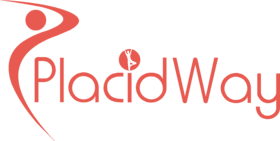

.png)
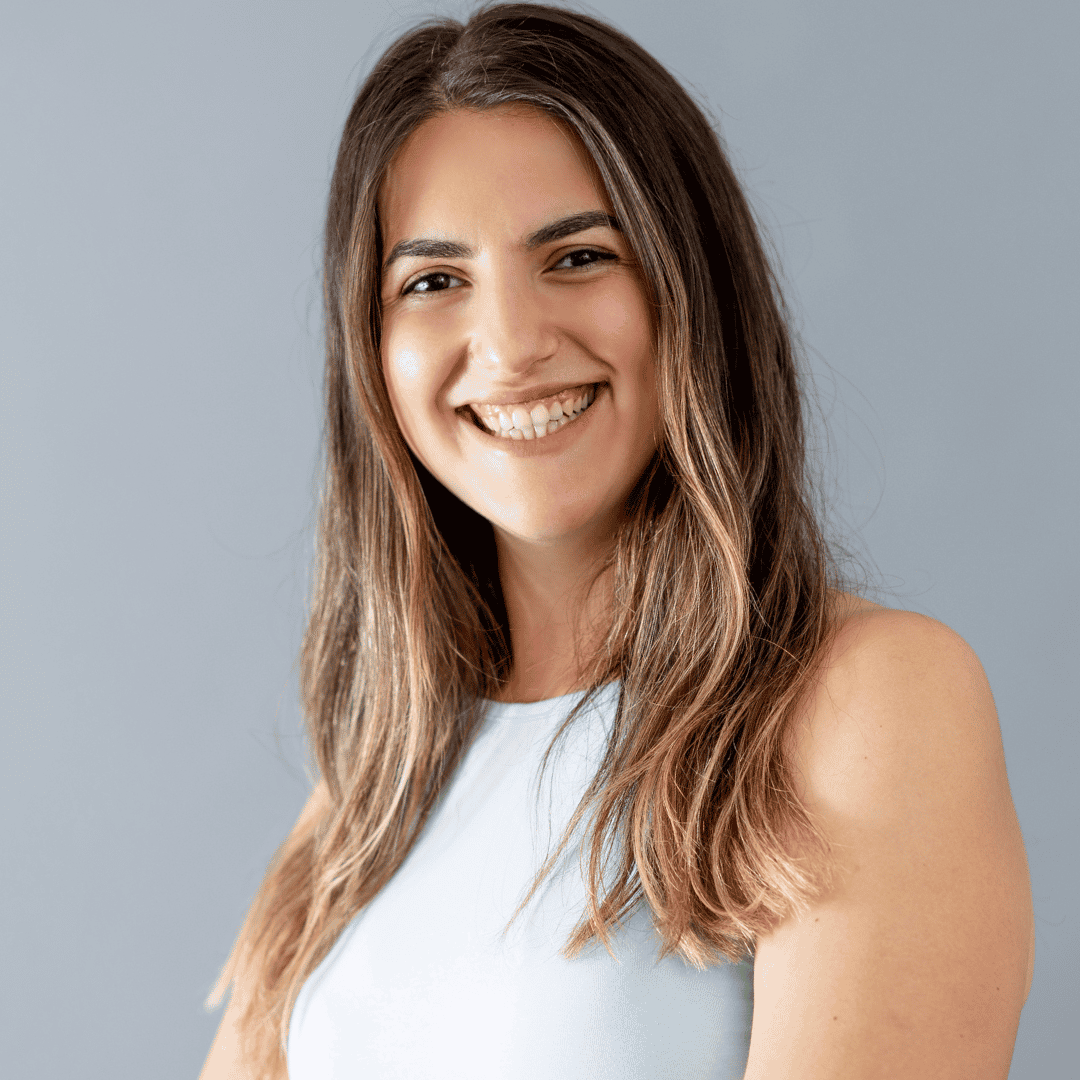

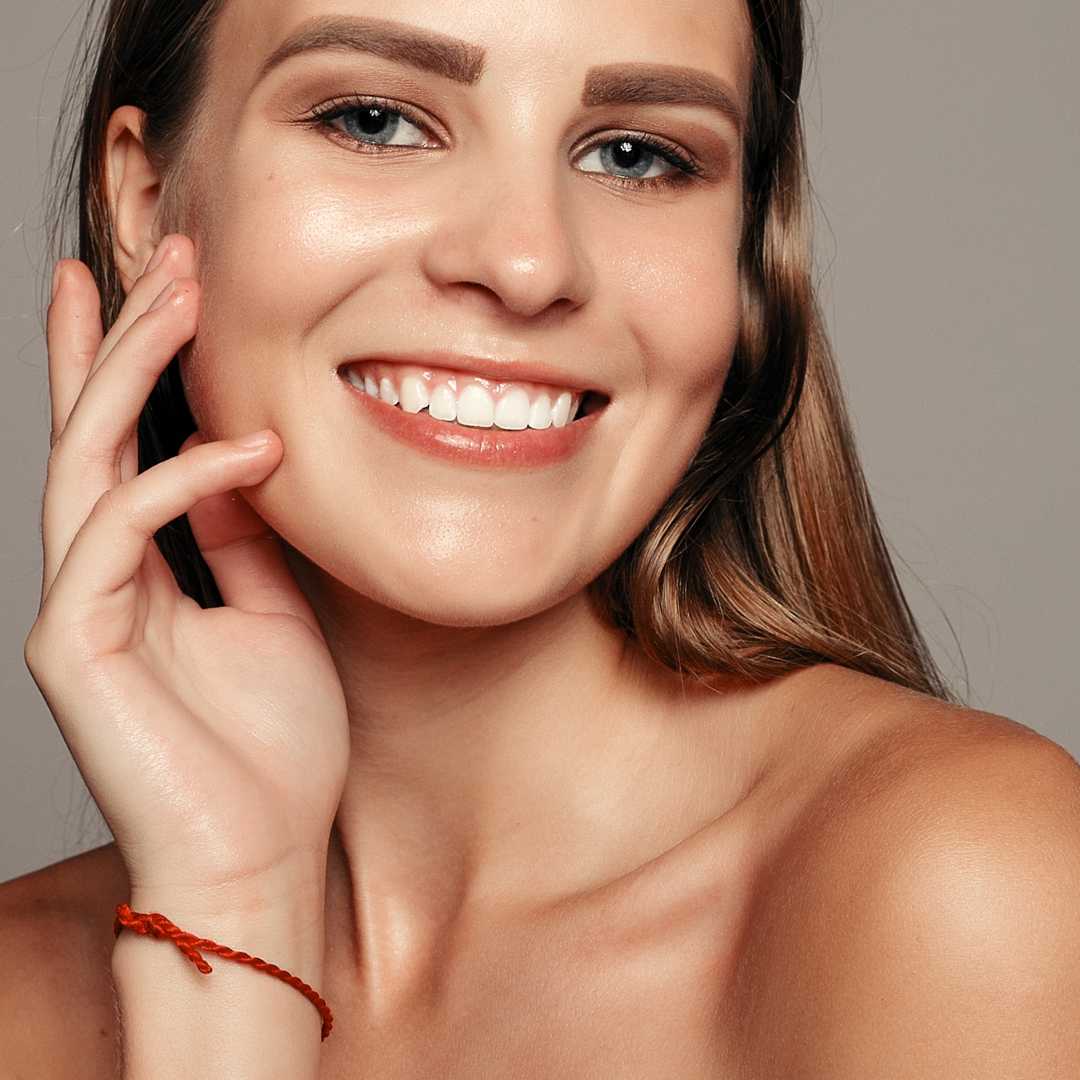
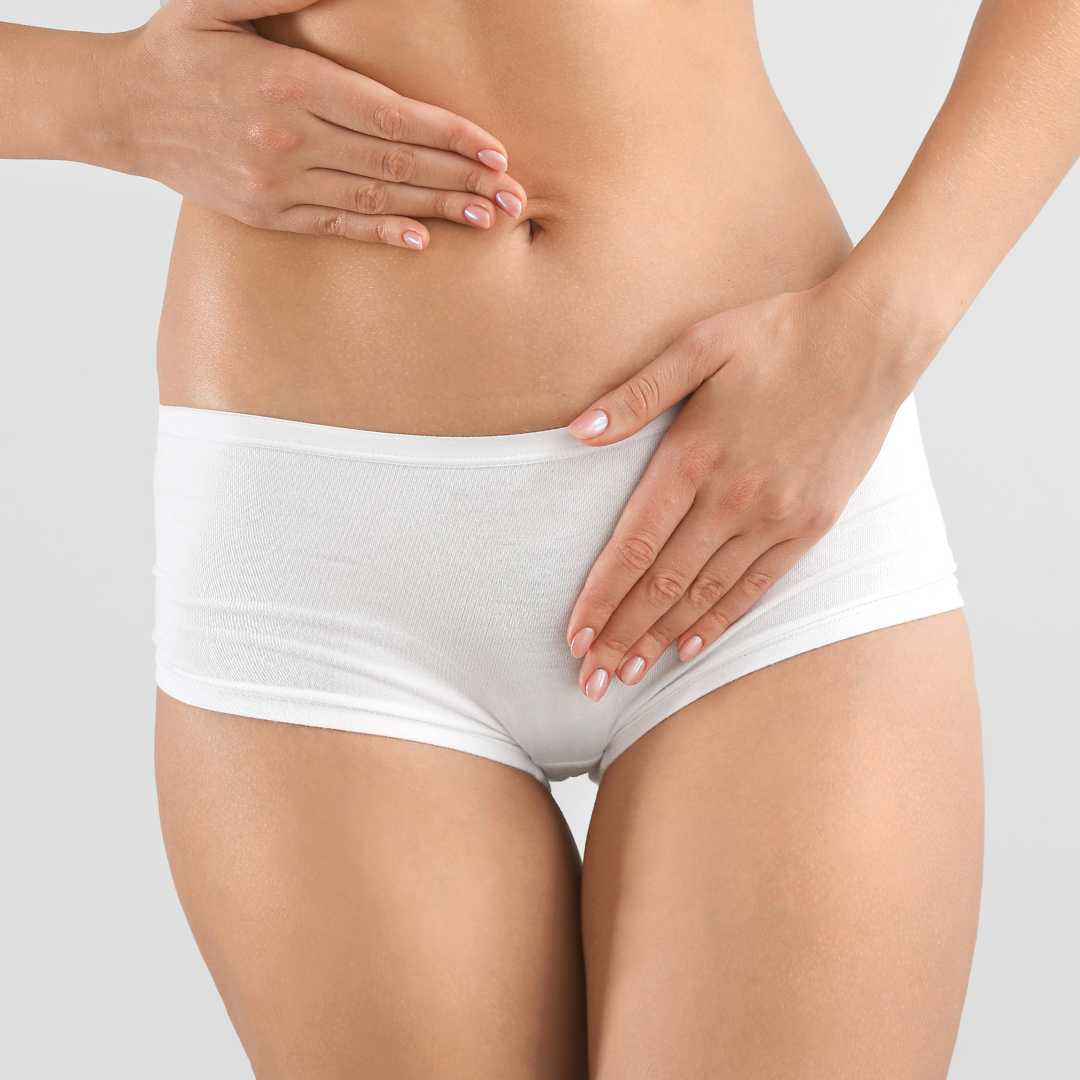

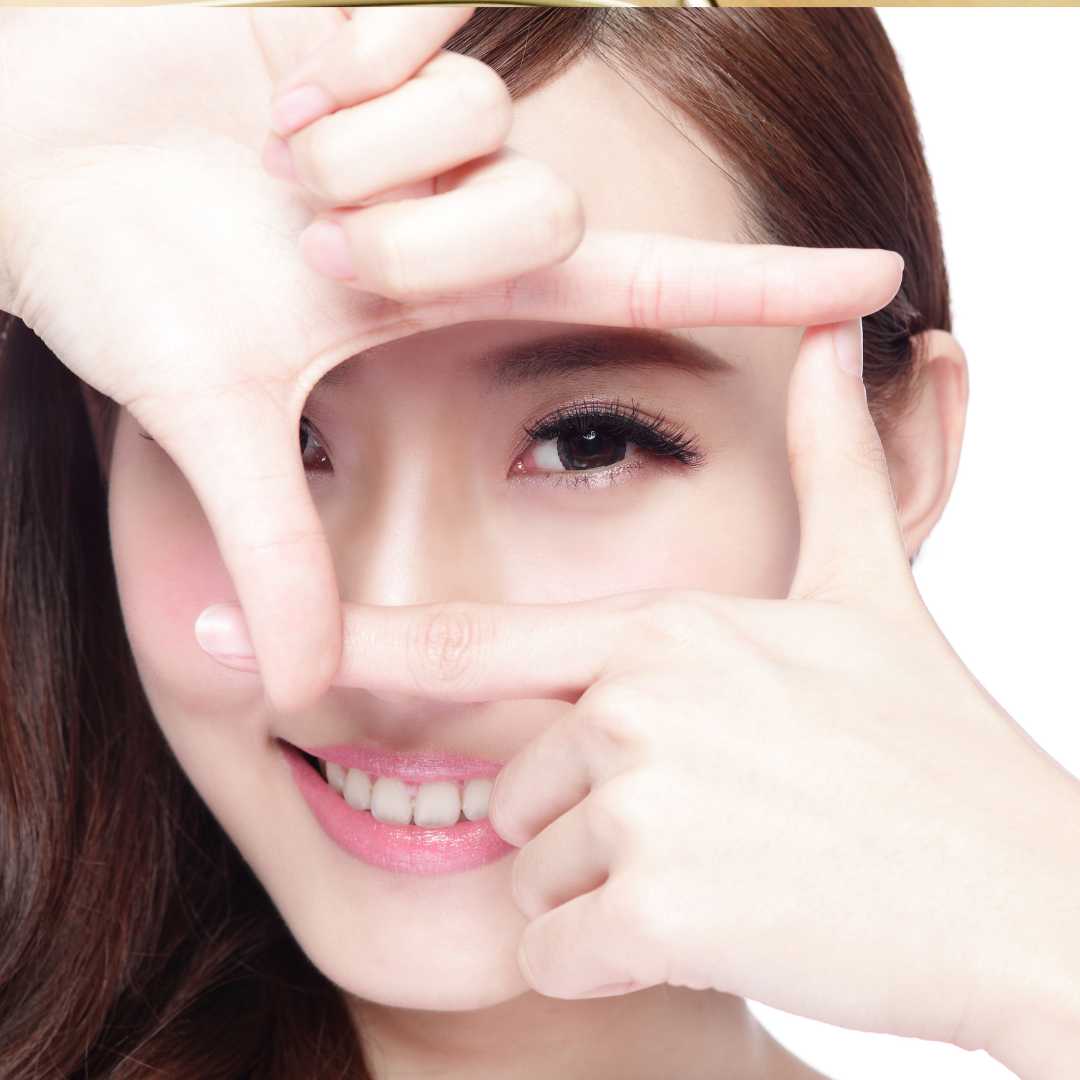

.png)
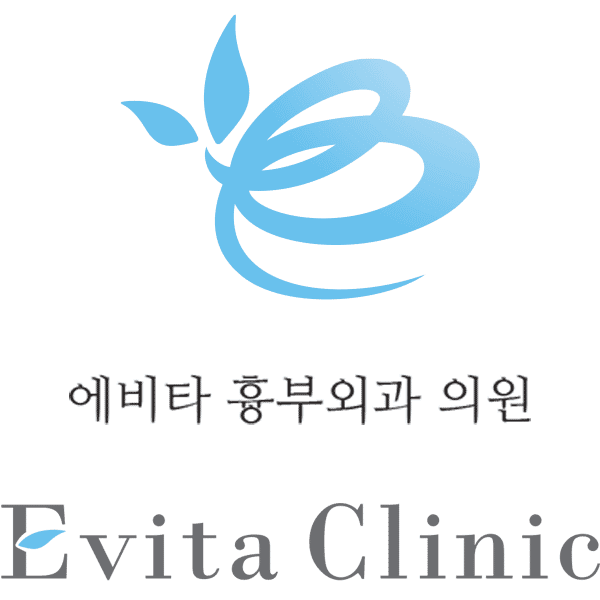
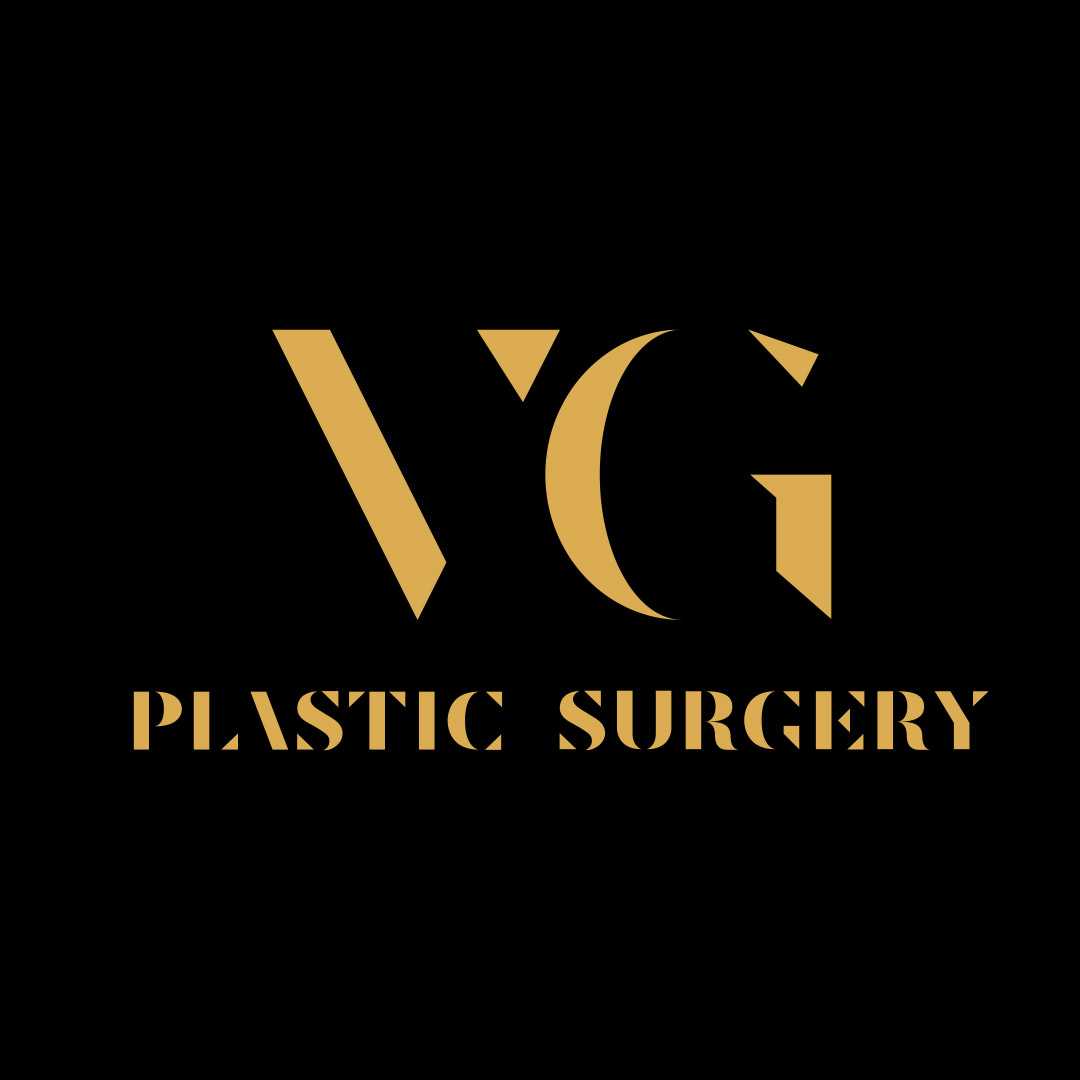

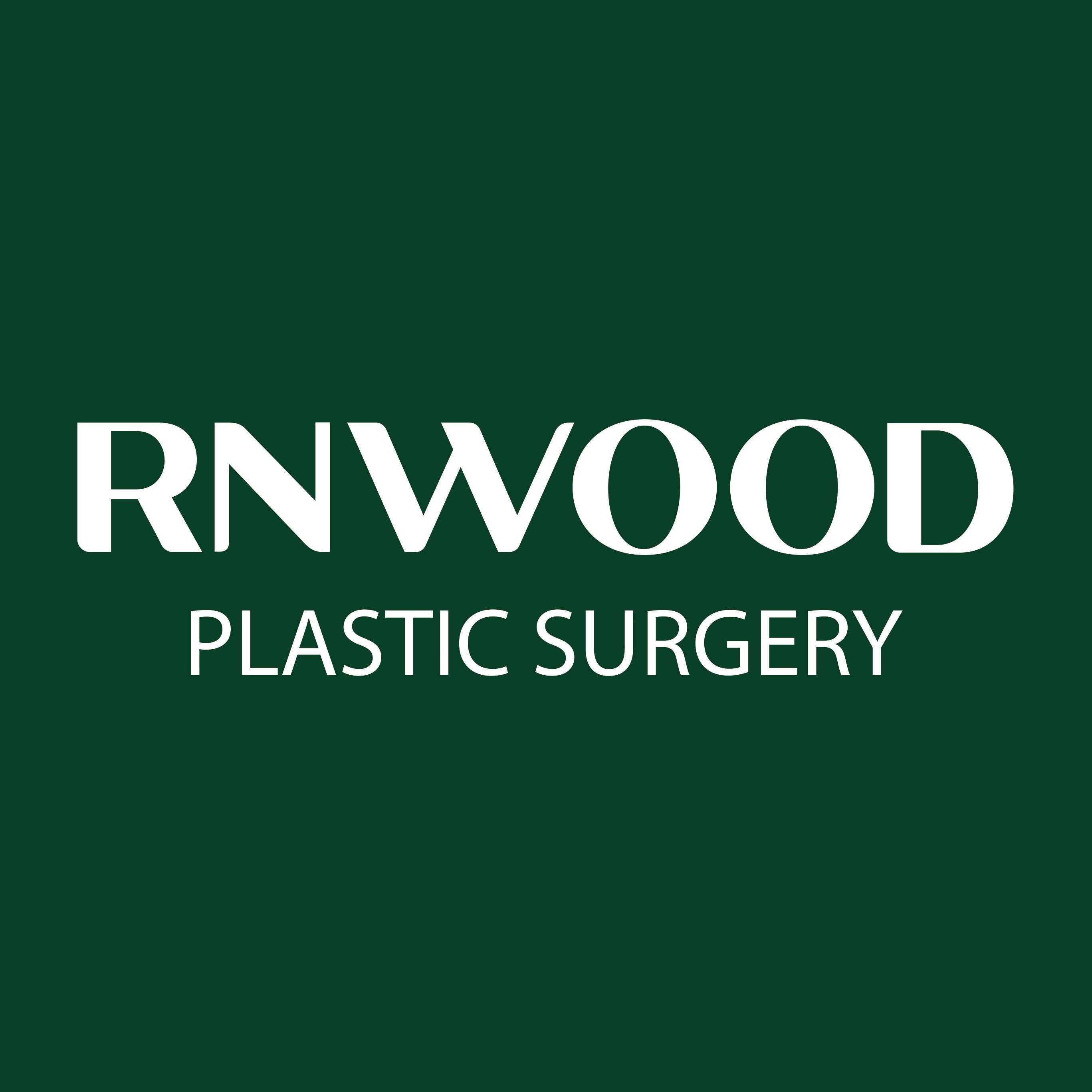
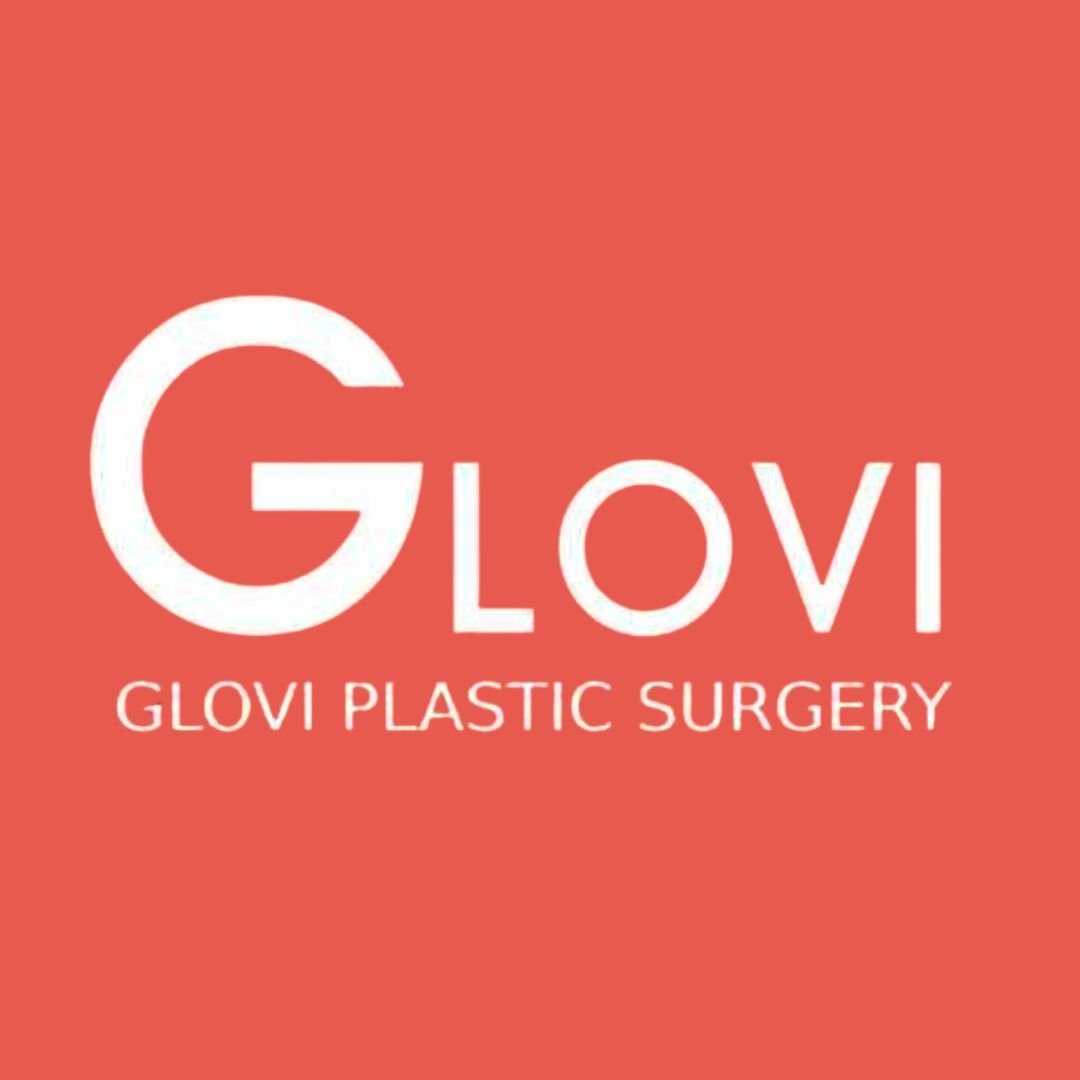

Share this listing